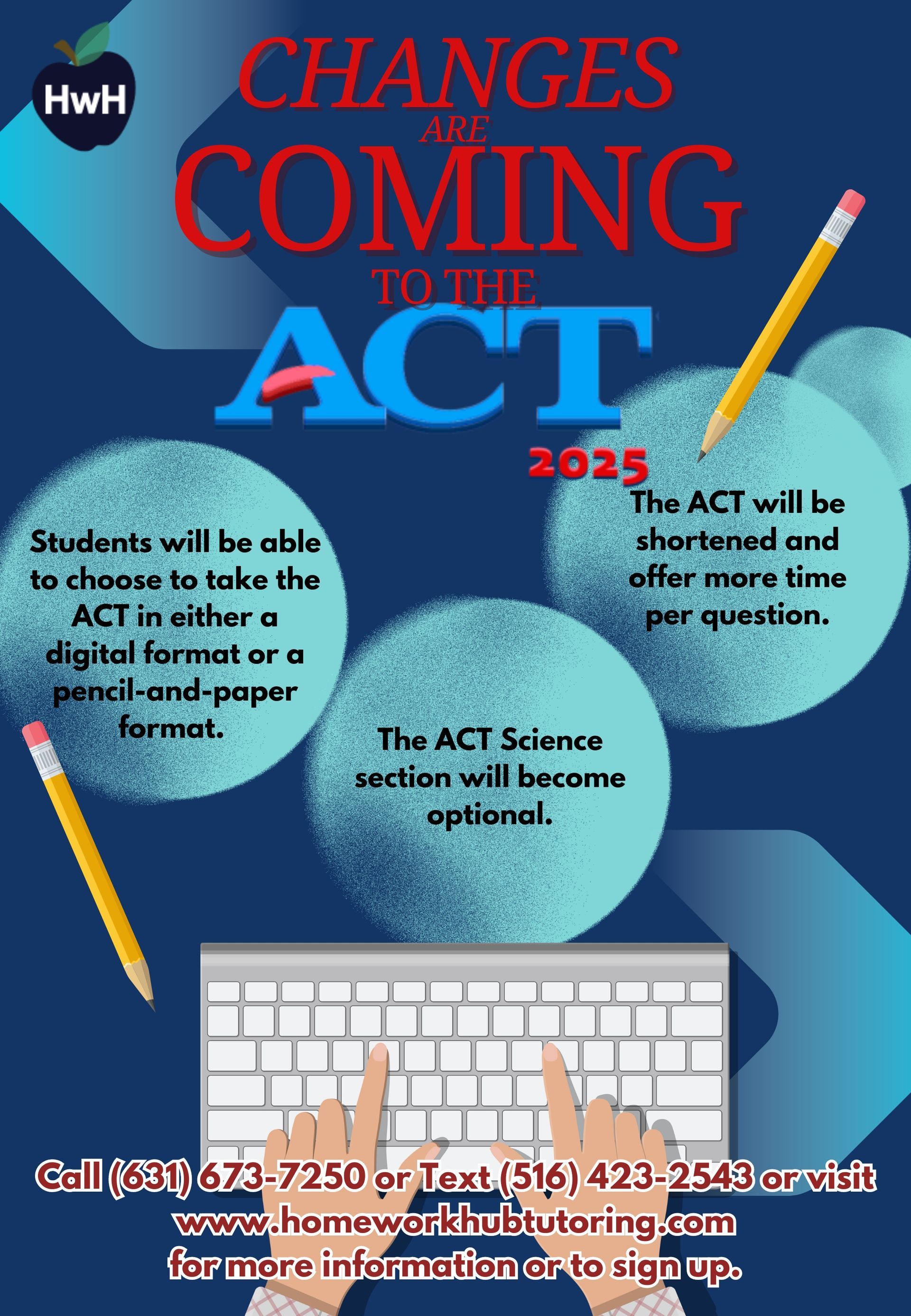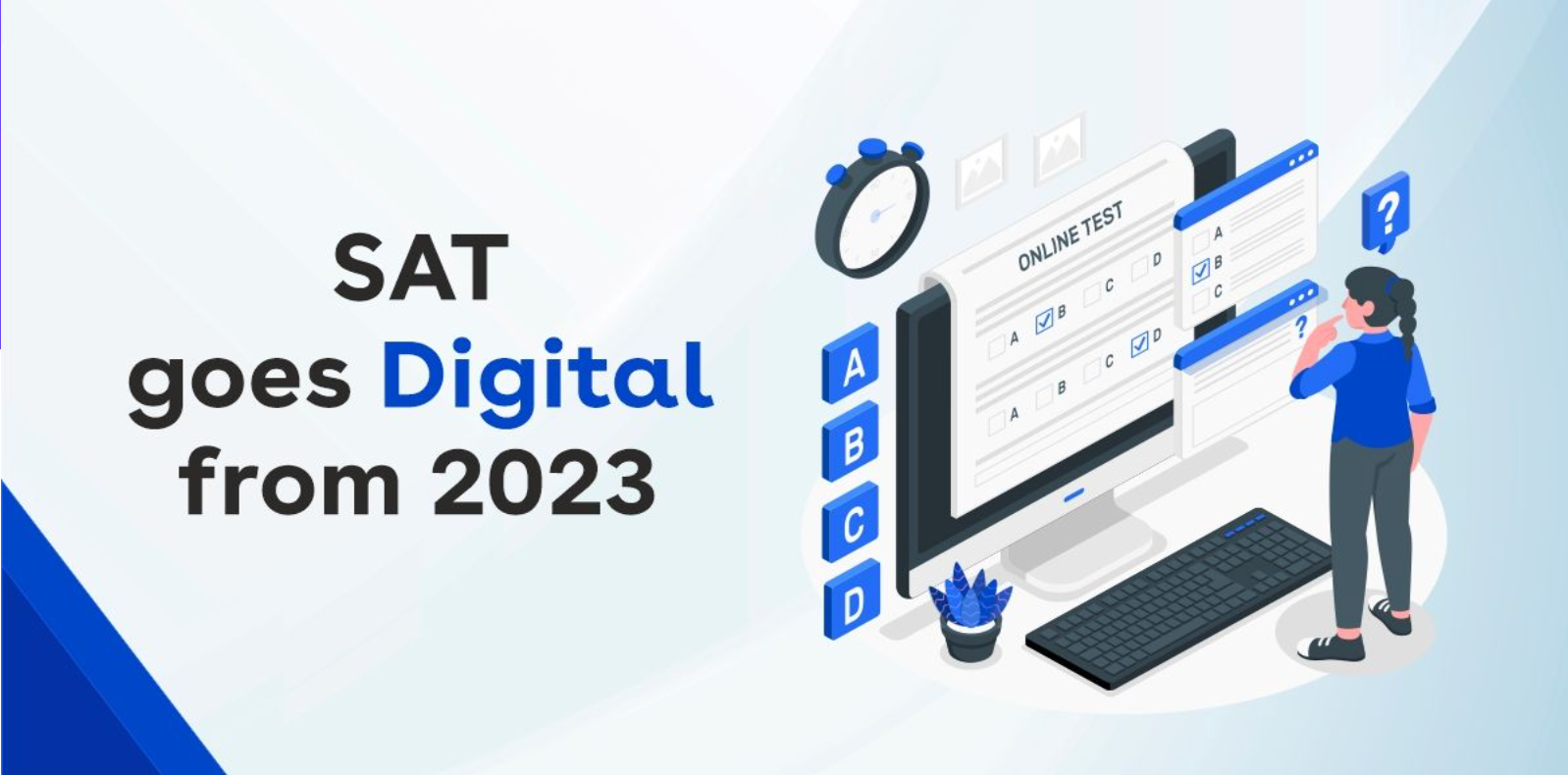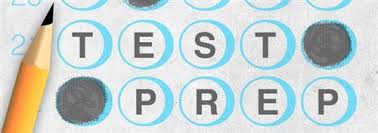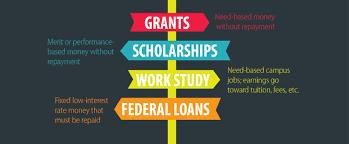By hwh
•
September 19, 2024
The New ACT Current high school students have already experienced significant changes to college admissions testing. Earlier this year, students took the revamped digital SAT test for the first time. Soon, many of those same testers will have to prepare for a new version of the ACT test. On July 15, 2024, ACT CEO Janet Godwin released an announcement detailing major test changes effective Spring 2025. Initially, students may feel overwhelmed by yet another change to the admissions landscape. However, these new test changes will help students streamline the college prep process. For example, the test “enhancements” will result in a much shorter test and more flexibility for students. This change will relieve some of the stress for students who struggle with longer exams. Another significant modification to the new ACT is the Science section will now be optional, just like the ACT Essay section. For decades, the science aspect of the ACT has served as one of the main ways it differs from the SAT. Should students still take it? It’s too early to tell, but we may see some competitive degree programs, particularly those in the sciences, require ACT Science scores for admission. ACT Format Changes The Science section is now optional. This means students will be going from four sections to three so there will be fewer questions overall. The Core Reading and English sections will include shorter passages. The Core Math questions will have four multiple-choice answer options instead of five. ACT, Inc. has labeled the English, Reading, and Math sections of the test as “Core” sections. This simply means that these sections make up the base test. These three scores will be the core results sent to a college as the reportable score. ACT Timing Changes The new test is significantly shorter (about two hours instead of three). The total number of test questions will drop from 215 to 171 (44 fewer questions). In the past, students have found the ACT more fast-paced in terms of time per question. Moving forward, students will have more time per question (about 22%). In the new Core English section, students will have 35 minutes to answer 50 questions. This is 10 minutes shorter and 25 fewer questions than the current version of the test. In the new Core Math section, students will have 50 minutes to answer 45 questions. This is 10 minutes shorter with 15 fewer questions than the current section format. When taking the Core Reading section, students will have 40 minutes to answer 36 questions. That’s about five minutes longer than the current format and four fewer questions. Students who choose to take the new optional Science section will have 40 minutes to answer 40 questions. This is about five minutes longer with the same number of questions as the current format. Time-Per-Question Breakdown By Test Section: English: 42 seconds per question Math: ~ 1 minute and 7 seconds per question Reading: ~ 1 minute and 7 seconds per question Optional Science: 1 minute per question ACT Test Flexibility The new test design allows students more flexibility to focus on taking the test sections that best align with their college and career goals. A student may still need to take the optional Writing or Science section of the test. For example, a student applying to a highly competitive Engineering program may find that the college includes the Science score as part of its admissions requirements. Whereas, a strong writer may want to submit the Writing section if they are applying to a Language Arts program. Students should be diligent when researching college admissions requirements. Test Section Options: Core (English, Reading, and Math) Core + Science Core + Essay Core + Science + Essay What will stay the same for the ACT? You will still have the option to take the test on paper or online. The paper and online test versions will be identical. You can still choose to take the writing section as an add-on. The ACT will continue to stay as a non-adaptive format. The 1-36 scoring scale for each section will stay the same. How will the new ACT test compare to the digital SAT test? The new Core sections and shorter passages mirror the content currently found on the SAT test. Another notable similarity is overall test timing. The digital SAT test is about two hours and 14 minutes long, and the ACT test will be similar. In the past, the ACT had much faster pacing than the SAT, but students will notice less of a difference with the new version. However, students should still expect some variation between the tests, especially in regard to question types and the level of content tested. We should note that the new ACT test will feature less questions overall and provide greater flexibility for students, as mentioned earlier. ACT Test Changes Timeline ACT Inc. projects that students will have the ability to register for the April 2025 Digital ACT test by the end of December 2024. Students will encounter the new digital format of the ACT for the first time starting with the April 2025 test. Students taking the paper test will experience the older format through August 2025. Starting Sept 2025, the paper test will reflect the new format Recommendations By Grade Level Both ACT, Inc. and Homework Hub experts recommend that students continue practicing with the current format because the new version of the test will continue to evaluate the same overarching knowledge and skillset. Current 12th Graders (Class of 2025) Unless you’re testing under unusual circumstances, this change will not affect you. Since college application deadlines fall earlier in the school year, your testing cycle should end well before the new changes. Current 11th Graders (Class of 2026) You will have the option to take both the current and revised ACT test formats. You should continue preparing for your planned ACT test dates in the 11th grade. Current 10th Graders and Younger (Class of 2027 and beyond) You will have plenty of time to prepare and take both the updated ACT test and the digital SAT test, if needed. You will have the opportunity to discover your strongest test version and showcase your best scores for college admissions. ACT and SAT Scores Playing a More Prominent Role The effects of COVID caused grade inflation resulting in colleges questioning transcripts and test scores. Streamlining the new versions of both SAT and ACT may be an opportunity for students to substantiate their college readiness to prospective schools. After nearly four years of test-optional admissions, ACT and SAT scores have once again started to play a more prominent role in the admissions process. Over 50 schools now require ACT or SAT scores. As the ACT testing organization reveals more details regarding the restructure of the test, Homework Hub will revise its resources to help students prepare for these changes. Updated digital practice tests and materials that simulate the new ACT test will be used. Homework Hub will evaluate each student individually to determine the correct path for your child's success.










